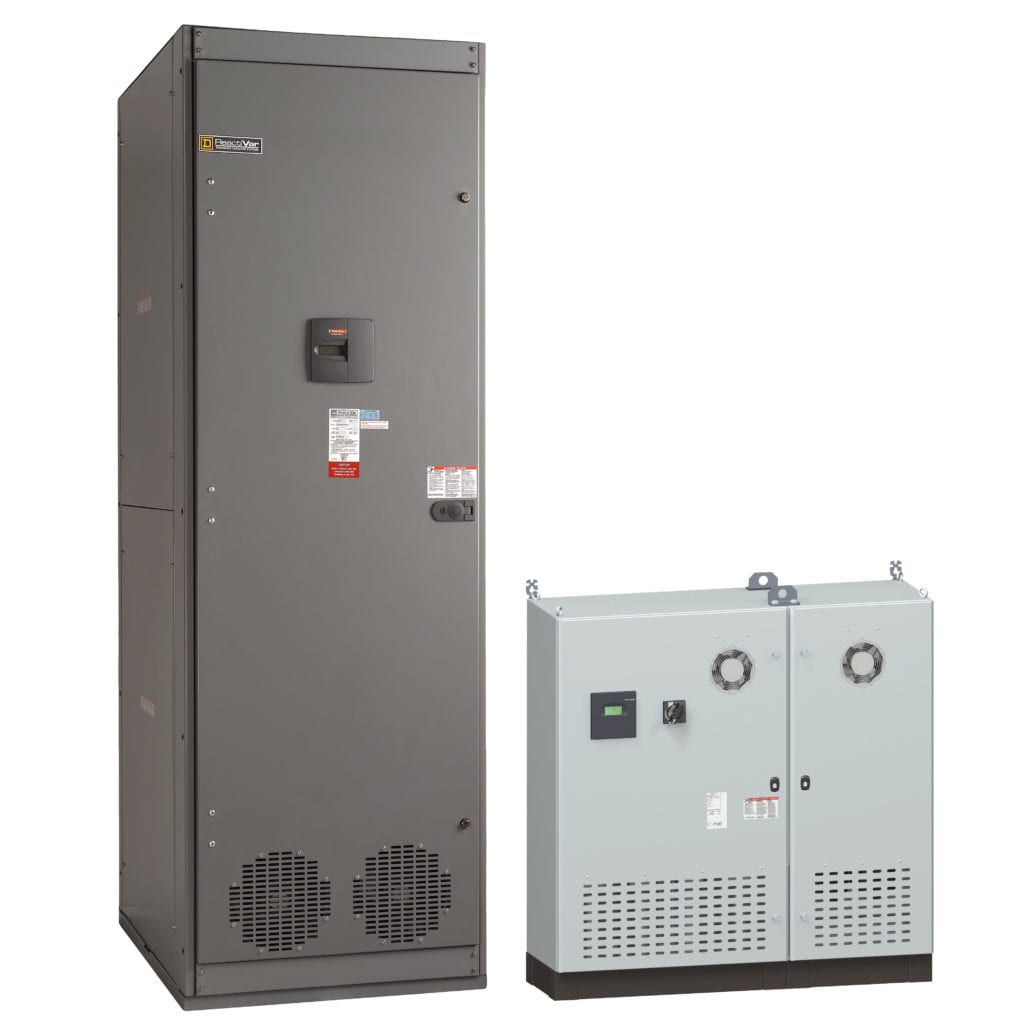Distortion, displacement and the truth! Understanding true Power Factor
Credit to Author: Shoumi| Date: Thu, 20 Feb 2020 16:00:10 +0000
Power factor is an interesting subject. You may recall our blog post in which we compared it to beer to help explain how it works!
The definition of Power Factor (PF) is the ratio between the active power (kW) and the apparent power (kVA). But, the important thing to note is that keeping your power as close to 1 as possible, will save you money. Correcting Power Factor issues will help you improve energy efficiency, reduce utility bills, and boost productivity.

But do you know your TRUE Power factor? There are two components of PF and it is crucial to understand them both to choose the right solution to improve it. Otherwise you could be making things worse.
Displacement or Distortion
Traditionally, PF is less than 1 because of inductive loads such as motors, which are considered linear devices. A linear device is defined as a device for which the output is, within a given dynamic range, linearly proportional to the input.
These loads need reactive power to create a magnetic field to do real work. This reactive power leads to a phase shift between the current and voltage waveforms. This results in a decrease in average power and gives rise to Displacement Power factor.
This type of PF can be corrected with a capacitor bank like VarSet.

Harmonics – a circumstance of progress
But in this day and age, there are also a lot of non-linear devices in facilities. Switch Mode Power Supplies (SMPS) and Variable Frequency Drives (VFD) are examples of non-linear devices.
Non-linear devices draw current that does not have the same waveform as the supply voltage, the relationship between current and voltage is not linear.
Non-linear devices are sources of harmonics, and this leads to current and voltage distortion, giving rise to another component of Power Factor, Distortion Factor.
The presence of current and voltage harmonics increases business operating costs by increasing downtime, placing undue burden on the electrical infrastructure, and making PF correction difficult.
Trying to correct distortion factor with a capacitor bank could exacerbate the situation and cause even more damage due to a phenomenon known as resonance. While capacitor banks such as VarSet can effectively correct Displacement PF, a high level of harmonic currents in your system necessitates the installation of AccuSine PCS+, to improve your True or Total Power Factor.

Knowing your true Power Factor
The maximum active power is transmitted to a load when voltage and current are undistorted and in phase. True Power Factor takes into account Displacement Power Factor and Distortion Factor.
Knowing your true PF is crucial for implementing the right solution. Power meters such as the ION9000 Series Meter can measure both displacement and distortion to give you your true Power Factor. Contact us for a Power Factor audit!
The post Distortion, displacement and the truth! Understanding true Power Factor appeared first on Schneider Electric Blog.